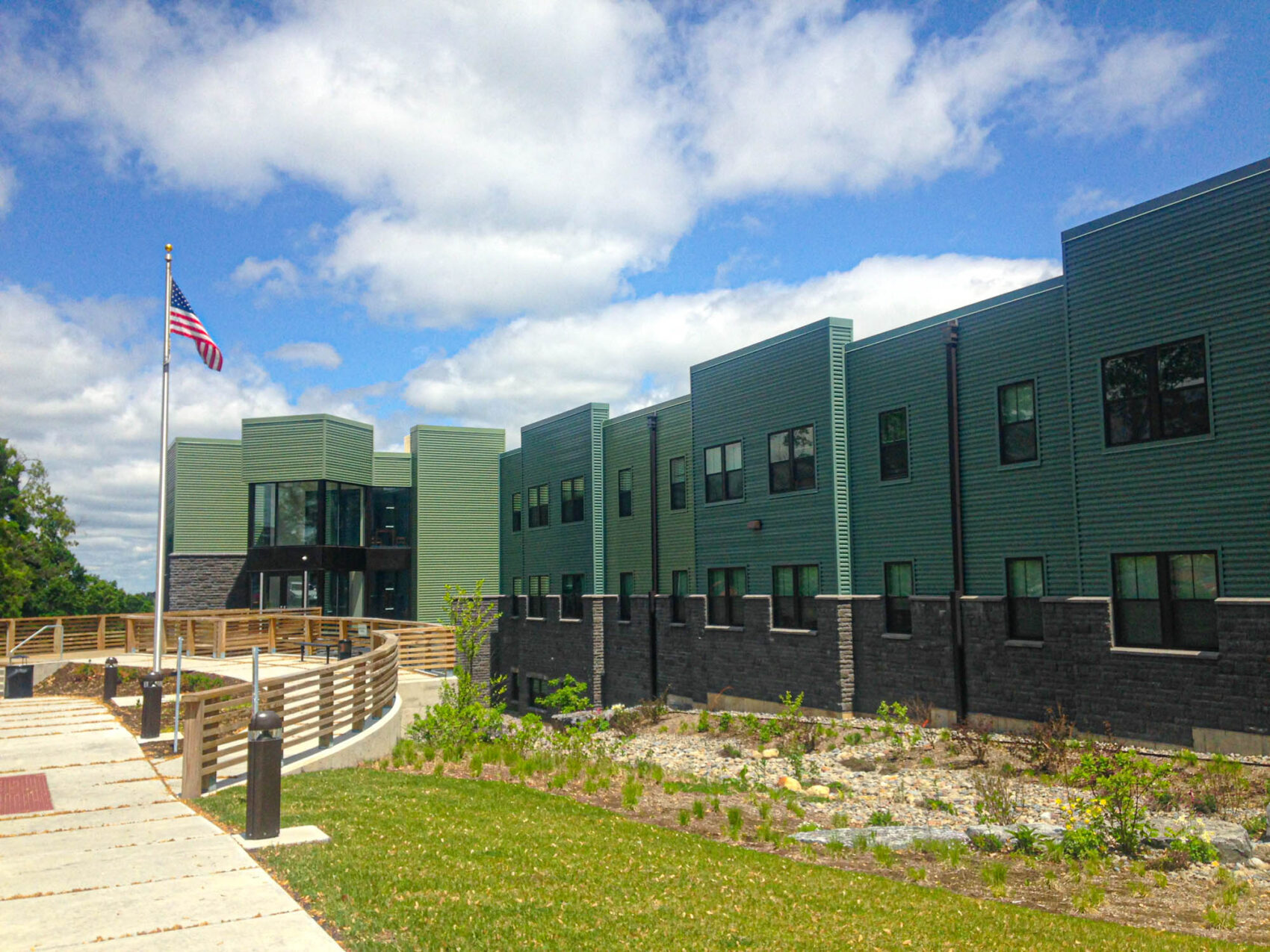This article was originally published on Syracuse.com, April 3, 2023.
Rebecca Trevisani is executive vice president & COO of Housing Visions, a Syracuse-based nonprofit that develops, constructs and manages real estate projects that revitalize communities.
Gov. Kathy Hochul was in Syracuse recently, to rally local support for her plan to address New York’s affordable housing crisis and build 800,000 new homes statewide over the next decade.
There’s no denying the problem she’s trying to fix. In the City of Syracuse alone, 32 percent of all households are rent burdened, spending 30% or more of their income on housing. And with Micron coming to Onondaga County, both the demand for and cost of housing will rise exponentially.
But a critical piece of this discussion is largely missing: The need to expand support and funding for existing supportive housing, which is the most proven policy tool available to keep the most difficult-to-house population — chronically homeless New Yorkers — off the streets.
Supportive housing combines safe, affordable units with wrap-around services like mental health counseling, job training, and childcare, to ensure formerly unhoused individuals can succeed. Proof of supportive housing’s transformative power is evident right here in Syracuse.
VanKeuren Square, a collaboration between Housing Visions and the Syracuse VA Medical Center that provides 50 fully-furnished apartments for formerly homeless veterans, along with on-site case management, clinical care access and more, has helped drive the state’s overall population of homeless vets to less than 1 percent.
“This building saved my sanity, because I was able to finally be safe and stable and secure and cared for by people who didn’t even know me,” said Jessica Hunter, 45, a formerly homeless military veteran, single mother, and VanKeuren Square resident. “If there were more places like this, it would such an amazing thing for our community.”
NYSSHP, which funds 20,000 units across the state, provides $2,580 a year for formerly homeless and disabled single adults, and $3,480 for families with children. By contrast, the Empire State Supportive Housing Initiative (ESSHI), created in 2016 to fund an additional 20,000 units, pays about five times what NYSSHP does — approximately $12,500 per unit.
At bare minimum, it is critical that this year’s state budget include an 8.5% cost of living increase for all social service staff, and — unlike in years past — that this raise apply to NYSSHP workers, many of whom work multiple jobs just to make ends meet.
New York owes a debt of gratitude to those who served their country and now find themselves struggling just to survive. As another VanKeuren Square resident and U.S. Army veteran, Michael Crockett, 65, so eloquently put it: “We shouldn’t be neglected for no reason.”
